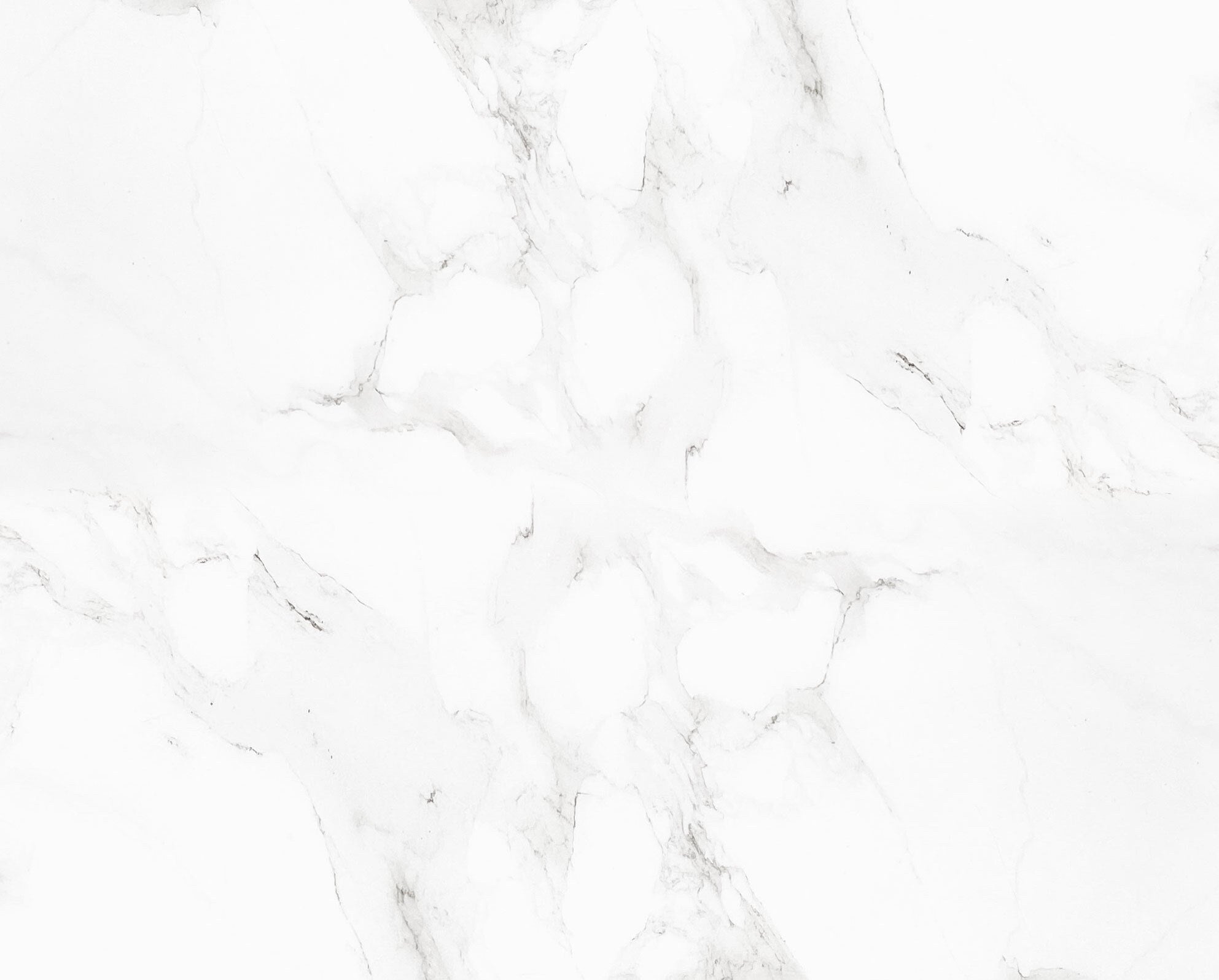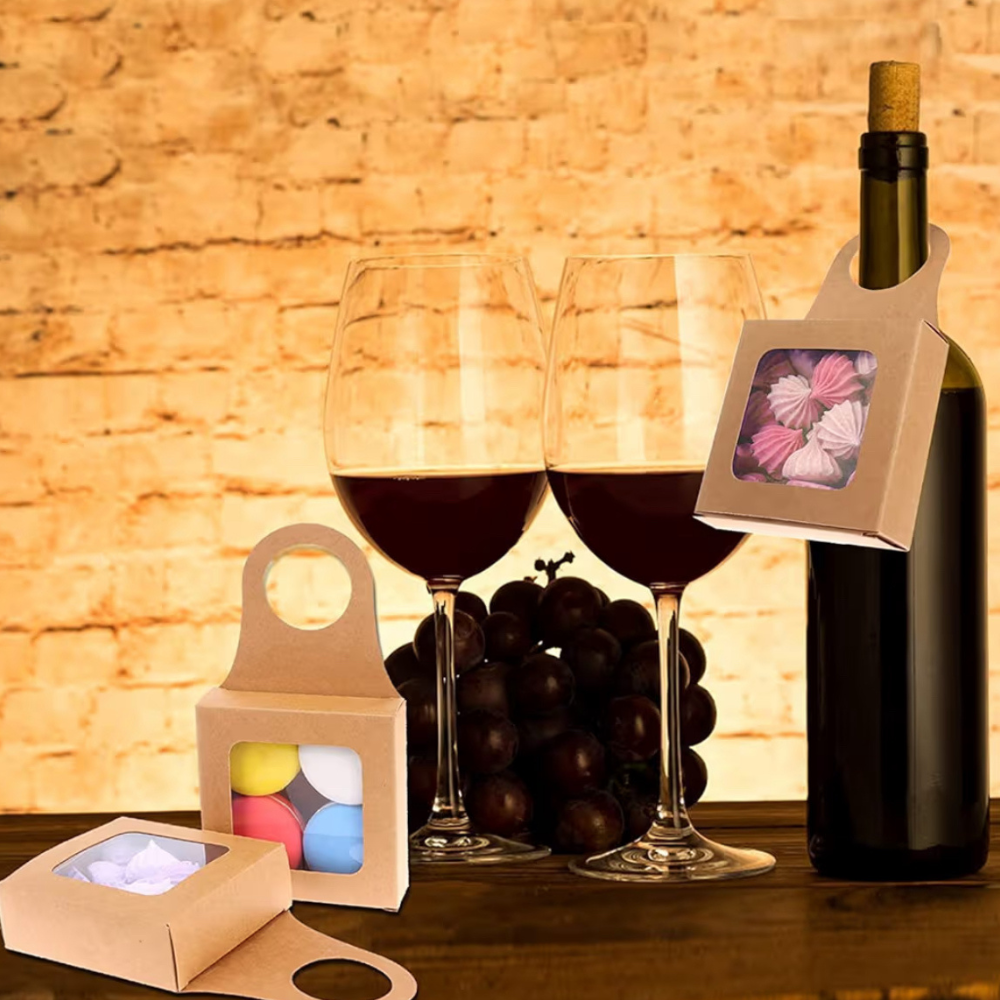
HINTS FOR MAKING GREAT WINE
Care must be taken not to mix the sediment with the clear wine at the bottling stage. Should this inadvertently occur, it will be necessary to let the sediment re-settle for a few days before proceeding. The use of a rigid plastic racking tube in conjunction with the syphon hose is very helpful. Racking tubes with removable tips may be inserted through the stopper hole allowing for much better control while syphoning.
Your Wine Kit has been designed to ferment between 20-25 degrees Celsius (70-77 degrees Fahrenheit). Temperatures above 30 degrees Celsius (85 degrees Fahrenheit) will inactivate the yeast while temperatures below 20 degrees Celsius (70 degrees Fahrenheit) will prolong the time required to make the wine. The correct fermentation temperature can be assured with the help of a heating pad or heat belt. The pad or belt should be set on low and the temperature of the wine carefully monitored.
It is absolutely essential that all equipment and bottles be clean and sterilized before use. We recommend Oxy-San for most of your sterilizing needs. Failure to properly sterilize may result in an unsuccessful wine.
Although the wine is very acceptable at bottling time, it will continue to improve if allowed to further mature in a cool, dark place. Wine designated for this aging process should be properly bottled.
Provided you have followed all instructions carefully, your wine will be quite dry at bottling time. Should you prefer a sweeter wine, you may add a wine conditioner as per the instructions listed on the bottle. Take caution not to over-sweeten.
The purpose of the fermentation lock is to prevent oxygen and spoilage organisms from entering the wine while at the same time permitting the escape of carbon dioxide gas. The lock should be half filled with water or a sulphite solution and refitted to the carboy after each operation.
A wine hydrometer is very useful in checking the progress of your fermentation. Should you choose to follow the progress of your wine, the following readings may be used as a guide (depending on the brand).
Day 1 – Initial reading of the must: S.G. 1.080 to 1.090
Day 8 – S.G. should be 1.010 or lower
Day 20 – S.G. about 0.995 (fermentation complete)
Water is not quite as critical as many people think. In fact, if your water is fit to drink, it is usually just fine for winemaking. However, if your water has a lot of hardness or a high mineral content, especially iron, it could lead to permanent haze or off flavours. Also, if your house is equipped with a salt-exchange water softener, that water can’t be used for winemaking. If you’re in doubt, go ahead and use bottled water to make your wine: you’ll appreciate the difference.
Your wine should be clear and ready to bottle as per the instructions. Should the wine not be clear at this time, separate the wine from the sediment by syphoning to a clean carboy and allow additional time. Always refit the fermentation lock. Filtering is not the cure for a cloudy wine however filtration will assure perfect clarity on a clear wine.





